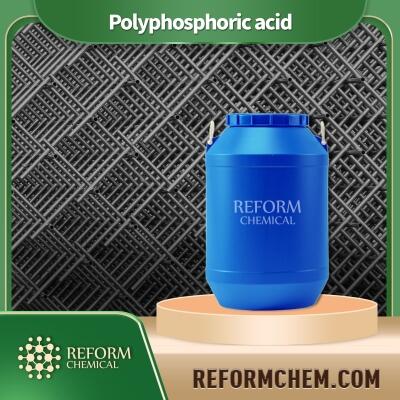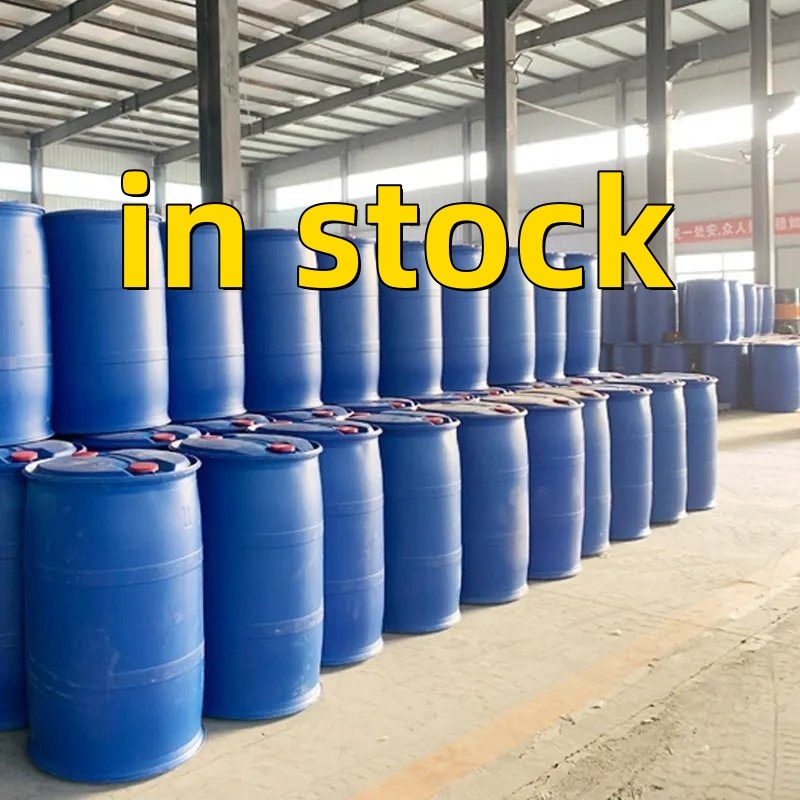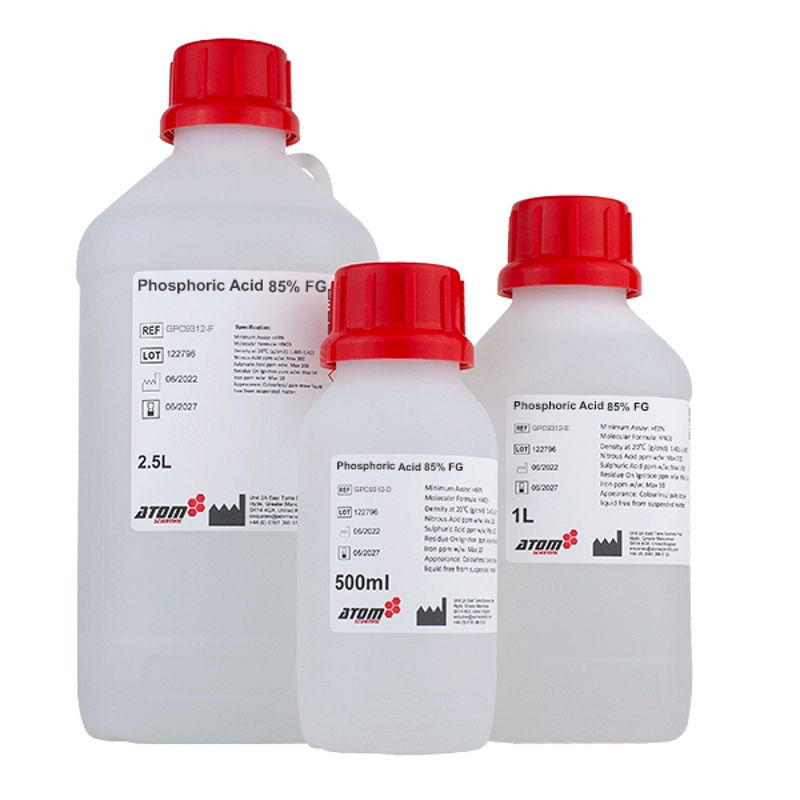-
Categories
-
Pharmaceutical Intermediates
-
Active Pharmaceutical Ingredients
-
Food Additives
- Industrial Coatings
- Agrochemicals
- Dyes and Pigments
- Surfactant
- Flavors and Fragrances
- Chemical Reagents
- Catalyst and Auxiliary
- Natural Products
- Inorganic Chemistry
-
Organic Chemistry
-
Biochemical Engineering
- Analytical Chemistry
-
Cosmetic Ingredient
- Water Treatment Chemical
-
Pharmaceutical Intermediates
Promotion
ECHEMI Mall
Wholesale
Weekly Price
Exhibition
News
-
Trade Service
Propanoic acid, zirconium salt is an important intermediate chemical in the production of various chemicals, plastics, and personal care products.
It is also known as Zirconium propionate or 2,2-dimethyl propanoic acid zirconium salt.
The chemical formula for Propanoic acid, zirconium salt is (CH3)2COOH.
Zr.
The synthetic routes for Propanoic acid, zirconium salt can be broadly classified into two categories: chemical synthesis and biological synthesis.
In chemical synthesis, Propanoic acid, zirconium salt is synthesized by using various chemical reactions and reagents, whereas in biological synthesis, it is synthesized using microorganisms or enzymes.
Chemical Synthesis:
The chemical synthesis of Propanoic acid, zirconium salt involves several steps, which are described below:
- Preparation of Zirconium Oxide: The first step in the synthesis of Propanoic acid, zirconium salt is the preparation of zirconium oxide.
Zirconium oxide is prepared by heating zirconium sulfate with sodium carbonate and sodium hydroxide. - Hydrolysis of Zirconium Oxide: The next step is the hydrolysis of zirconium oxide with water.
The hydrolysis reaction results in the formation of zirconium hydroxide, which is then treated with a strong acid to form zirconium nitrate. - Nitration of Propionic Acid: Propionic acid is then nitrated with nitric acid to form Propanoic acid, zirconium salt.
The nitration reaction involves the addition of nitric acid to Propionic acid, which results in the formation of Propanoic acid, zirconium salt. - Purification of Propanoic acid, zirconium salt: The final step in the chemical synthesis of Propanoic acid, zirconium salt is the purification of the product.
This is done by dissolving the product in water and then precipitating it with a mineral acid, such as hydrochloric acid.
The precipitated Propanoic acid, zirconium salt is then filtered and dried.
Biological Synthesis:
The biological synthesis of Propanoic acid, zirconium salt involves the use of microorganisms or enzymes to convert raw materials into the desired product.
The process involves several steps, which are described below:
- Production of Propionic acid: The first step in the biological synthesis of Propanoic acid, zirconium salt is the production of Propionic acid.
This is done by fermentation of carbohydrates or other organic compounds by microorganisms such as bacteria or yeast. - Nitration of Propionic acid: The next step is the nitration of Propionic acid with nitric acid.
The nitration reaction is catalyzed by enzymes such as propionate decarboxylase and propionate nitrogene reductase, which are produced by the microorganisms. - Hydrolysis of Nitropropionic acid: The final step is the hydrolysis of Nitropropionic acid with water.
The hydrolysis reaction is catalyzed by an enzyme such as nitropropionate hydroxy-lyase, which converts Nitropropionic acid into Propanoic acid, zirconium salt.
Advantages of Synthetic Routes:
The synthetic routes of Propanoic acid, zirconium salt have several advantages, which make them widely used in the chemical industry.
Some of the advantages are as follows:
- Consistency: The synthetic routes of Propanoic acid, zirconium salt ensure consistent quality and purity of the product.
- High yield: The synth







